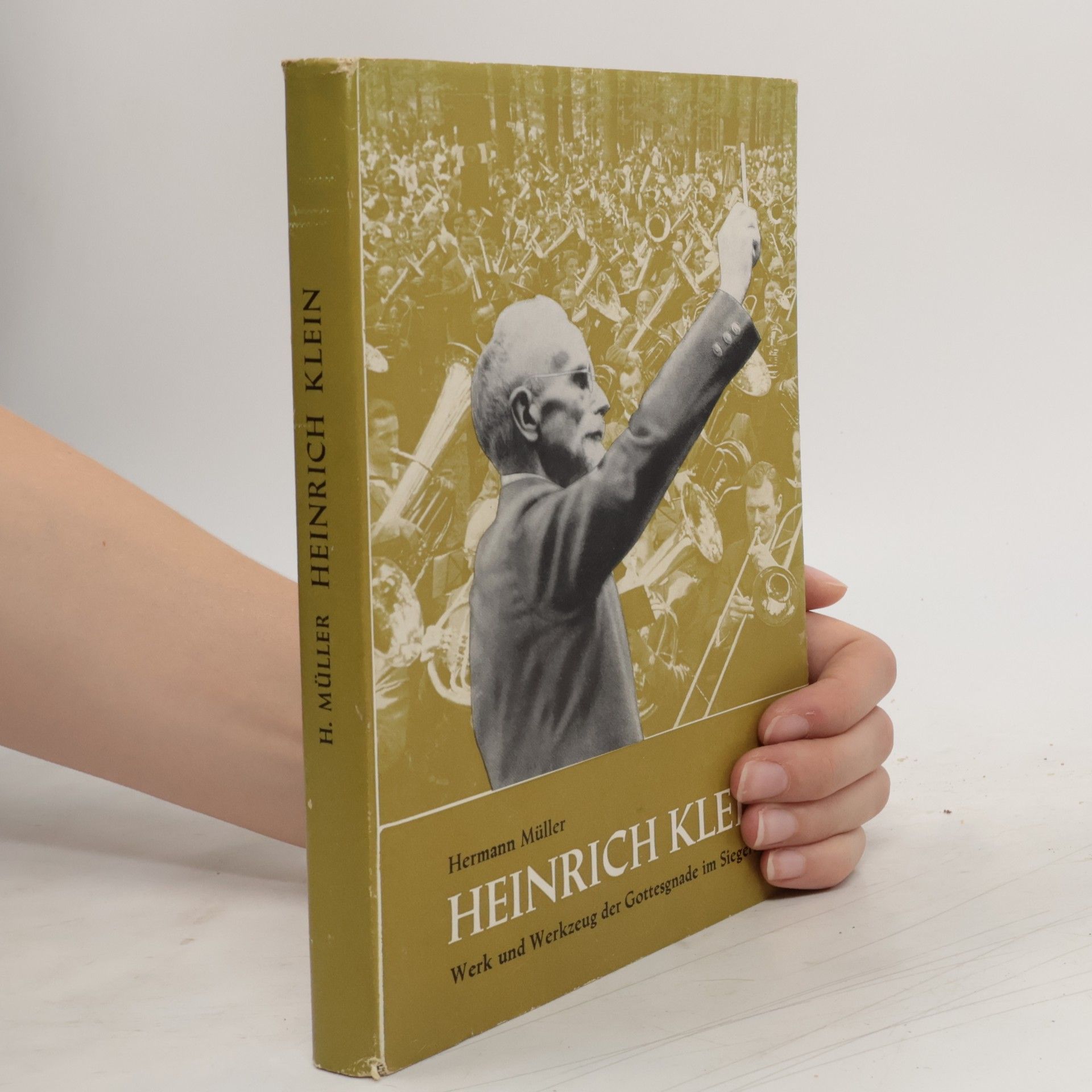Das Buch "Mühlenhochburg Heppenheim" von Dr. Hermann Müller bietet ein umfassendes Lexikon zur Mühlengeschichte über 800 Jahre. Müller dokumentiert seine Forschungsergebnisse zur Mühlenkultur in Heppenheim und setzt sich für deren Erhalt ein.
Hermann Müller Reihenfolge der Bücher





- 2024
- 2022
Zum WerkDas Bundesfernstraßengesetz regelt die Rechtsverhältnisse an Bundesautobahnen und Bundesstraßen samt Ortsdurchfahrten. Die Regelungen betreffen z.B. Fragen der Widmung, der Straßenbaulast, des Gemeingebrauchs, der baulichen Anlagen längs der Bundesstraßen sowie Planung und Ausbau neuer Bundesstraßen.Der Kommentar erläutert zudem rechtssystematische Zusammenhänge, wie die Verteilung der Gesetzgebungszuständigkeiten zwischen Bund und Ländern im Straßenrecht, die Verwaltungszuständigkeiten und das Verhältnis des FStrG zu den Landesstraßengesetzen.In Ergänzung der Kommentierung des Bundesfernstraßengesetzes enthält das Werk auch eine Kommentierung des Bundesfernstraßenmautgesetzes.Vorteile auf einen Blick prägnante und praxisgerechte Kommentierung von ausgewiesenen Experten verfasst schneller Zugriff auf die gewünschten Informationen Zur NeuauflageDie Neuauflage berücksichtigt alle seit Erscheinen der Vorauflage erfolgten Gesetzesänderungen, insbesondere das Achte Gesetz zur Änderung des Bundesfernstraßengesetzes und zur Änderung weiterer Vorschriften vom 29.6.2020, das Strukturstärkungsgesetz Kohleregionen vom 8.8.2020, das Investitionen-Beschleunigungsgesetz vom 3.12.2020, das Neunte Gesetz zur Änderung des Bundesfernstraßengesetzes und zur Änderung weiterer Vorschriften und das Zweite Gesetz zur Änderung mautrechtlicher Vorschriften hinsichtlich der Einführung des europäischen elektronischen Mautdienstes (2. EEMD-Gesetz) vom 14. Juni 2021.ZielgruppeFür Verwaltungsbehörden, insbes. die Tiefbauämter in Unternehmen, Rechtsanwaltschaft, Straßenplanung, Interessenverbände, Investorinnen und Investoren, Anliegerinnen und Anlieger.
- 1961
- 1923
Kyrioleis
Kleiner Psalter geistlicher Lieder dem jungen Deutschland dargereicht von Hermann Müller